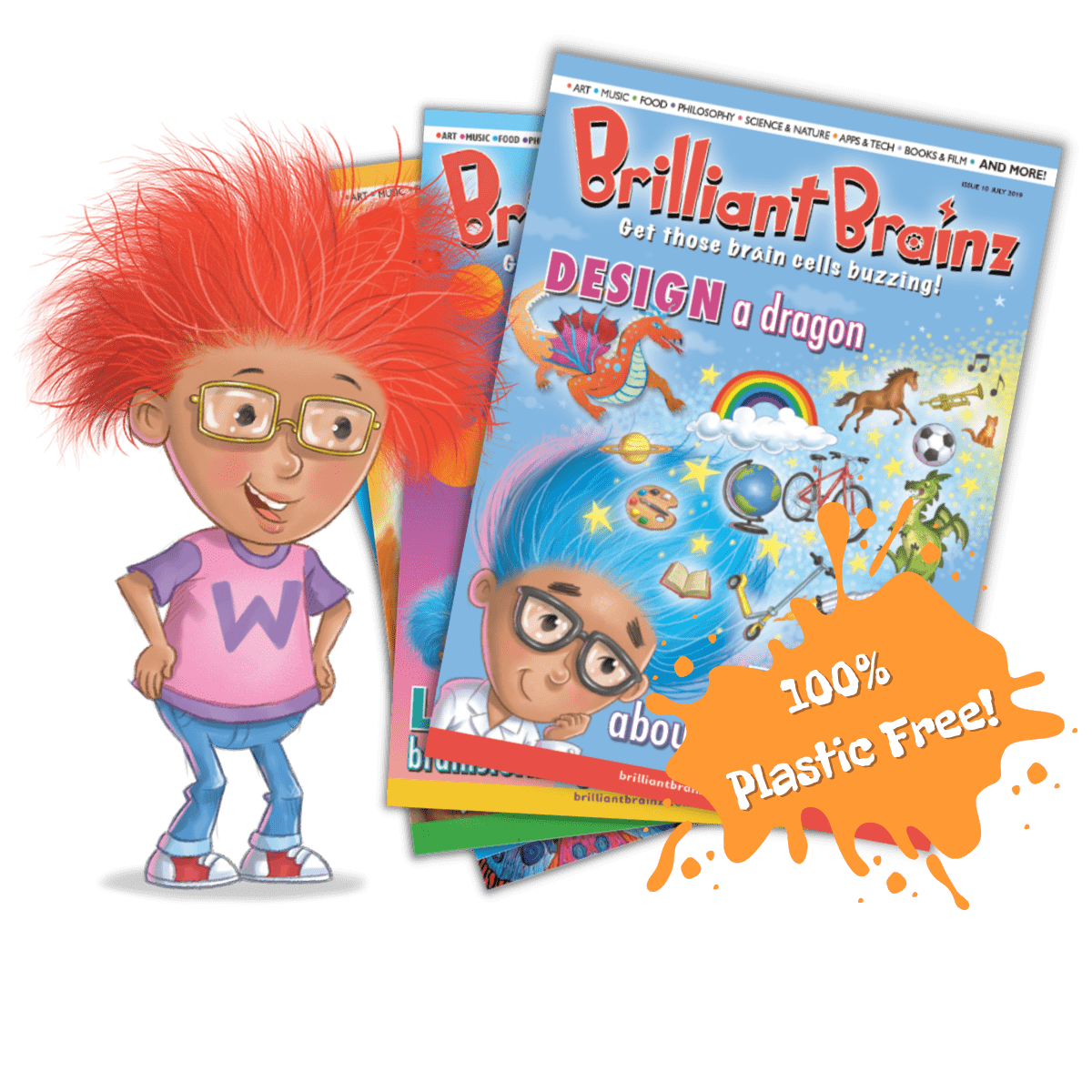STEAM Activities At Home: 10 activities that will keep them entertained

Science, Technology, Engineering, and Math (STEM) Art is included in STEAM. In both circumstances, students are urged to consider multiple viewpoints. This multidisciplinary approach has transformed cooking in underdeveloped nations and improved air quality as a result. So let's encourage our kids to study STEM fields. Are you ready to party?!? Yum Yum Mama has some steam project ideas for your family.
Why Are STEAM Activities Important For Kids?
STEM/STEAM education is essential to be helpful in everyday situations. These five disciplines are used in a variety of contexts and settings. These activities aid in the resolution of problems and developing creative and analytical thinking skills. Each STEAM discipline will assist your child as they grow and learn to deal with the obstacles that come with everyday life.
Check out this video which outlines the benefits of developing your children in this are.
STEAM Project ideas
1. Pom Pom Catapult

This machine stores energy in rubber bands (called the payload). Experiment with the stopper's location to maximise your launch angle and distance, and have fun with colours and decorations.
You will need:
Rubber bands, masking tape, jar lid, paper clip, hole punch, rectangle box
Instructions:
Make a 3-inch hole in the box's long side. Re-punch the other side. The holes should be big enough for a pencil to turn quickly.
1 Punch the third hole at the bottom to finish the opposing short side.
2.Glue 2 pencils perpendicularly together to form an inverted lowercase t.
3. Attach a small jar cover to the arm's longer end.
4. Slipknot a second rubber band around the arm's short end.
5. Insert the side holes of the horizontal pencil. Slipknot the tail through the remaining hole and secure it with a paper clip.
6. The third pencil can be used to "stop" the catapult arm. Wrap a large rubber band around one end of the pencil, beneath the box, and up around the other end to lock it in place.
7. Load it up and fly it!
2. Invisible Ink
:max_bytes(150000):strip_icc()/child-using-paintbrush-and-blue-ink-to-make-invisible-numbers-appear-on-paper-90116666-570e58123df78c7d9e514fb6.jpg)
When life hands you lemons, use invisible ink to scrawl a message on a piece of paper. You may send it to a friend or relative, along with instructions on how to use it, and let them do the rest.
What You'll Need:
One lemon; cotton swab; sheet of white paper; iron, sun, or lightbulb
Do:
1. In a bowl, combine lemon juice and water. Gently mix. Write a message or draw an image on the paper using the swab.
2. Let the liquid dry completely to obscure the words or image. Set it in the sun, near a lightbulb, or iron it to reveal it (with adult help).
3. The message will come! Hang it as art or give it to a pal.
What Is the science behind it?
Diluting lemon juice with water makes it difficult to see on paper. Still, lemon juice is an organic substance that oxidises and turns brown when heated. The secret is hidden until the paper is heated and the message is revealed! Orange juice, honey diluted with water, milk, onion juice, and vinegar operate simultaneously.
Steam Art Activities
Your child, and yourself, might enjoy making a bubble flute; this is an enjoyable and easy steam project.
STEAM Project-Based Learning
Tiny Dancer Steam Project (Homopolar Motor)
Build A Tiny Rain Machine(technology, engineering)
STEAM Crafts For Kids
3. Cloud In A Jar
Enjoy this engaging activity that focuses on condensation. Water and hairspray help kids comprehend cloud formation.
For older kids, create a cloud with two others and explore how water cycles function in the ecosystem. Take the kids out on a foggy day to help them connect the dots.
4. Salt Crystals
Making salt crystals is a popular kid's science activity. Easy to make, inexpensive, and guaranteed to get your kids oohing and ahhing.
5. Magnetic Slime
DIY "slime" activities are popular among parents and educators. Adding iron oxide powder and magnets provides a scientific touch. The slime consistency can be tweaked by adding more glue or liquid starch. Neodymium magnets are required to start manipulating slime (or more).
Preparation is vital since youngsters will have many questions about how magnets work.
6. Oil Spill
Why not try a project based on real-world issues? Mix oil, water, and feathers in a big container. Instruct the kids to use sponges, paper towels, or spoons to remove fat from the water and feathers.
Encourage your kids to get rid of grease without water. Keep in mind that oil is a slimy substance. The oil harms feathers and is difficult to remove from water.
7. Homemade Lava Lamp
1/3 of the container should be water.
Fill the rest of the container with vegetable oil.
Add a few drops of food.
Drop one Alka-seltzer tablet at a time into the flask.
Watch your lava lamp erupt!
8. Jelly Bean Building
For your student or youngster to learn about structures, they all need jellybeans (or enormous marshmallows) and toothpicks. Encourage your youngster to link toothpicks with jellybeans to determine which shapes stack well and which shapes are visually appealing.
This project can help them comprehend structural engineering's philosophy, design, and technology. It's fun to watch them analyse their alternatives as they build a house or a specific building.
9. Coding A Lego Maze
Coding basics are taught in this activity. This programme is open to children as young as three years old.
You can help your child by providing free printable materials like mazes and instruction cards. This activity teaches kids perspective estimation and introduces them to command codes, sequences, and looping, which will help them learn to code later.
10. Build A Balance Scale
Make your kids a hanging balance to play with weights. However, if you have older kids, let them help build the scale! A plastic hanger, cups, and string are needed.
Hands-On As We Grow suggests asking questions like, "How many LEGOs does this toy car weigh?" This homemade scale can be a fun STEM project to revisit (sort by shapes, materials, etc.).
STEAM Activities Online
What Is The Brilliant Brains Magazine?
 Brilliant Brainz is a children's magazine jam-packed with games, amusing facts, and challenges that will have their brains working overtime! The subjects covered in each issue include art, philosophy, music, food and nutrition, science and nature, books and entertainment, apps and technology, and a wide range of other topics that inspire creative thinking.
Brilliant Brainz is a children's magazine jam-packed with games, amusing facts, and challenges that will have their brains working overtime! The subjects covered in each issue include art, philosophy, music, food and nutrition, science and nature, books and entertainment, apps and technology, and a wide range of other topics that inspire creative thinking.
Your kids will love exploring the exciting foundations of science, technology, engineering, and math with these inexpensive and straightforward STEM activities for kids.
As you can imagine, there are numerous STEM activities for all ages. You may be wondering where to find more age-appropriate ideas for your kids. Understanding early childhood development is essential.
Knowing more about how young children learn may inspire you to design your own activities!
